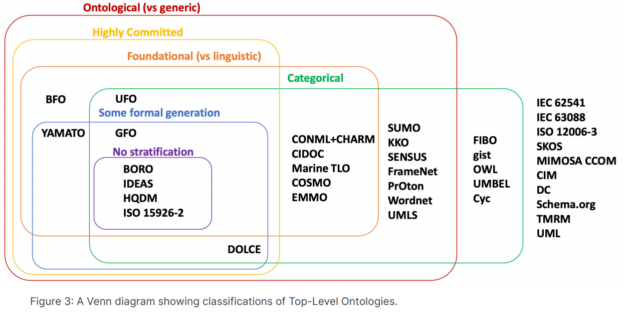A new whitepaper explores how digital twin technology can play its role in the future of a service-oriented environment – highlighting the potential benefits and opportunities as well as the challenges that can arise when implementing innovative digital solutions. The paper focuses on Moorfields Eye Hospital, leading provider of specialist eye health services in the UK and world centre of excellence for ophthalmic research and education, as it designs and constructs a smart hospital of the future.
A Cambridge-based research team worked with multiple stakeholders – asset owners, management, service providers, and clinicians – to better understand how digital transformation of the built environment could create new opportunities to enhance inclusion and improve services provided to patients in new smart hospitals, and how the shift to the uptake of digital technologies around telemedicine and AI will impact service provision and service transition.
The research paper uses Moorfields Eye Hospital as a case study, taking a service-oriented perspective to explore the potential of digital twin technology in addressing specific needs and pain points of users, and the subsequent implications for new models of service delivery.
It will help Moorfields and similar organisations in their search for newer and better navigational guidance solutions to help visually impaired patients journey to and from the hospital, and to help provide an improved digitally enabled service experience once they reach the building itself.
According to project lead Professor Michael Barrett, ‘this new digitally-enabled assistive technology of visually-impaired navigation, which is still a burgeoning area, can help to ease anxiety, making visually-impaired navigation and travelling easier.’
The research team considers the Moorfields journey, exploring patient-care opportunities and noting the challenges of transitioning the current service into the future service. Physical relocation of any hospital is an enormous task and the move of an eye hospital where the visually impaired patient community has a more complex relationship with the built environment and digital technologies will present additional challenges. In addition, current services provided to patients by Moorfields will need to be integrated with and transitioned onto the future service model and ecosystem.
What are digital twins?
Digital twins are realistic digital representations of physical assets, for example, a digital representation of an aeroplane that can be used to monitor and predict performance, feeding out insights and interventions. These insights lead to better interventions and unlock real-world value from assets through financial savings, improved performance and services, and better outcomes for society. As highlighted by the Gemini Principles, a high-quality and accurate digital twin depends on three components: the quality and quantity of data used for the model, the fidelity of the algorithms that constitute the model, and the validity of the assumptions/competence of the model and the quality of final output’s presentation.
10933 DigitalTwin_WhiPap_int_v7.pdf



Leave a comment